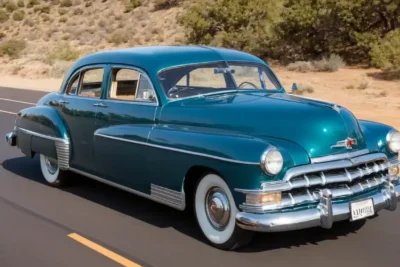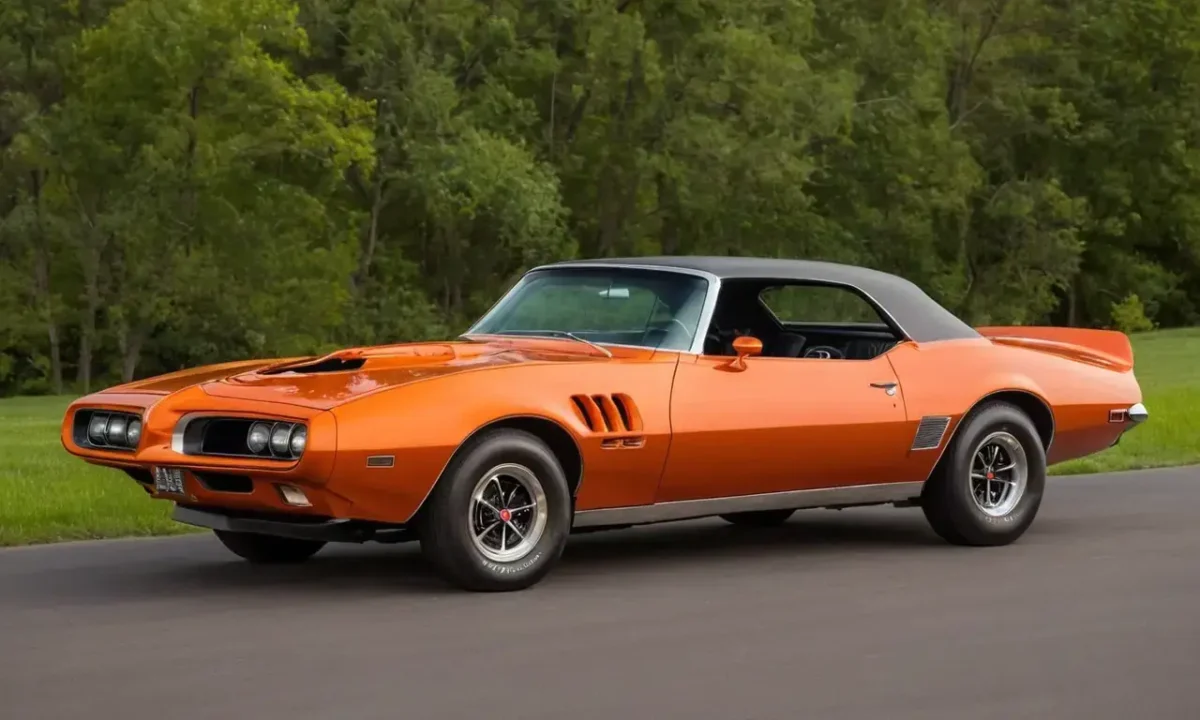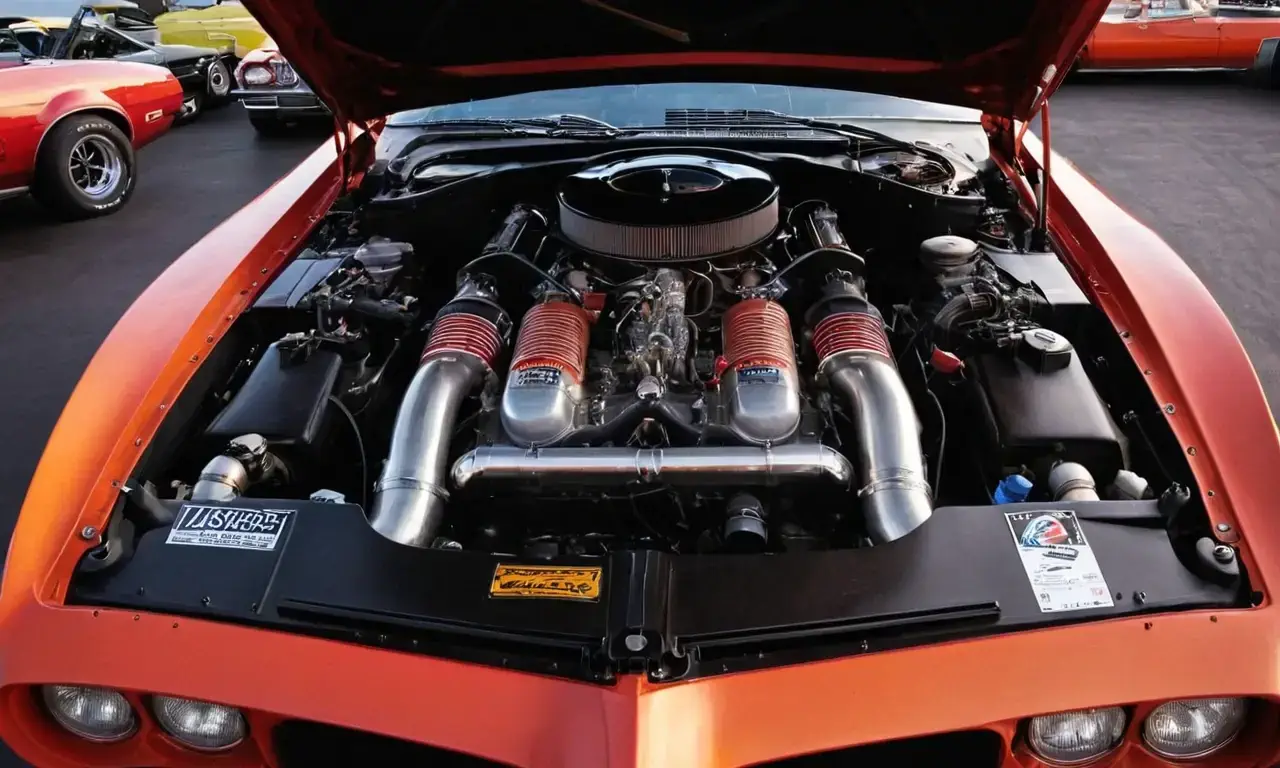
1990 Pontiac Firebird Trans Am: A Legacy of Performance

The 1990 Pontiac Firebird Trans Am holds a significant place in automotive history, representing a transitional period for the iconic American muscle car. While it continued to embody performance and style, it also faced challenges related to evolving market trends, technological advancements, and changing consumer preferences. This article delves into the intricacies of this particular model year, exploring its engine modifications, safety features, handling characteristics, production numbers, and the intriguing concept that shaped its future.
The primary objective of this article is to provide a comprehensive overview of the 1990 Pontiac Firebird Trans Am. We will examine its technical specifications, including engine options and performance enhancements, as well as discuss the impact of safety regulations on vehicle design. Additionally, we will analyze the challenges faced by the Firebird in terms of handling and insurance costs, highlighting how these factors influenced production numbers. Finally, we will explore the legacy of this model year and its potential influence on future Pontiac models.
Engine and Performance Changes
The 1990 Pontiac Firebird Trans Am continued to offer a range of engine options, reflecting the changing landscape of American automotive engineering. While the base V-6 remained largely unchanged from previous years, higher-performance variants received significant updates. The most notable change was the introduction of a new speed-density metering system, which allowed for more precise fuel delivery based on driving conditions and engine load. This resulted in improved fuel economy without sacrificing performance.
For those seeking a more powerful experience, the 305 cubic inch V8 remained a popular choice. However, it received minor updates to its intake manifold and exhaust system, contributing to a slight increase in horsepower. The top-of-the-line 4.9L V8 engine, known for its distinctive "Ram Air" induction system, continued to be offered as an option, providing enthusiasts with the ultimate driving experience.
Beyond performance enhancements, the 1990 Firebird Trans Am also saw changes in transmission options. While a four-speed automatic remained standard, a five-speed manual gearbox was available for those who desired more control over their driving experience. This allowed drivers to choose the best gear ratio for specific situations, further enhancing the car's versatility.
Safety Features and Discontinued Options
Safety features were becoming increasingly important in the late 1980s and early 1990s, and the 1990 Pontiac Firebird Trans Am reflected this trend with several notable additions. One of the most significant changes was the introduction of driver airbags, a safety feature that had previously been limited to luxury vehicles. This change significantly improved passenger protection in the event of an accident.
However, some features that were once standard on the Firebird were discontinued for the 1990 model year. Steering-wheel controls, which allowed drivers to control various functions like radio and cruise control without taking their hands off the wheel, were no longer offered as an option. This change was likely driven by a desire to simplify the dashboard design and reduce potential distractions during driving.
Despite these changes, the 1990 Firebird Trans Am continued to offer a range of features that made it a desirable vehicle for both performance enthusiasts and everyday drivers. These included power windows, air conditioning, and a variety of interior trim options, allowing buyers to personalize their vehicles according to their individual preferences.
Handling Challenges and Production Numbers
One of the challenges faced by the 1990 Pontiac Firebird Trans Am was its handling characteristics. While it offered a thrilling driving experience thanks to its powerful engines and responsive suspension, some drivers found it difficult to handle on slippery surfaces. This was partly due to the car's weight distribution and the relatively soft suspension setup compared to its competitors.
Production numbers for the 1990 Firebird Trans Am were significantly lower than previous years. This could be attributed to several factors, including a decline in overall sales of American muscle cars during this period. Additionally, the introduction of new safety regulations likely played a role in limiting production volumes.
Despite these challenges, the 1990 Firebird Trans Am remained a popular choice for those seeking a blend of performance and style. Its iconic design, coupled with its powerful engines, made it a desirable vehicle for enthusiasts who appreciated driving dynamics. However, the car's handling limitations may have discouraged some buyers from choosing this model over more modern alternatives.
The Banshee Concept and Future Plans

The 1990 Pontiac Firebird Trans Am was also influenced by a concept car known as the Banshee. This futuristic-looking vehicle showcased a radical design that featured a unique front end, aggressive bodywork, and a powerful engine. While the Banshee never went into production, it served as inspiration for future Pontiac models.
One of the most intriguing aspects of the Banshee was its potential for turbocharging. The concept car featured a turbocharged V6 engine, which could have significantly increased performance while maintaining fuel efficiency. However, this plan ultimately fell through due to various factors, including economic constraints and changing market trends.
Despite the cancellation of the Banshee project, the legacy of this concept car continues to inspire automotive enthusiasts. It serves as a reminder that innovation and creativity can lead to groundbreaking designs that push the boundaries of what's possible in the world of automobiles.
Legacy of the 1990 Pontiac Firebird Trans Am
The 1990 Pontiac Firebird Trans Am remains a significant part of automotive history, representing a period of transition for the iconic American muscle car. While it faced challenges related to changing consumer preferences and evolving safety regulations, its legacy continues to inspire enthusiasts today.
Its powerful engines, distinctive styling, and focus on driving dynamics made it a popular choice for those seeking a thrilling driving experience. However, the Firebird also struggled with handling issues and high insurance costs, ultimately contributing to lower production numbers compared to previous years. Despite these challenges, the 1990 Firebird Trans Am left an indelible mark on the automotive world, serving as a testament to the enduring appeal of American muscle cars.
Conclusion
The 1990 Pontiac Firebird Trans Am stands as a symbol of a changing era in the automotive industry. It marked a transition from the high-performance muscle cars of the 1960s and 1970s to more fuel-efficient vehicles that prioritized safety and practicality. While it faced challenges related to declining sales, evolving technology, and shifting consumer preferences, its legacy continues to inspire enthusiasts today.
The 1990 Firebird Trans Am remains a popular choice for collectors and enthusiasts who appreciate the car's unique blend of performance, style, and history. Its iconic design, powerful engines, and focus on driving dynamics continue to make it a desirable vehicle for those seeking a thrilling driving experience. As technology continues to evolve, we can expect future generations of cars to build upon the legacy established by this remarkable model.
Leave a Reply





Related Links